DAVID SNEED - DSNEED@THETRIBUNENEWS.COM
Instead of The Nature Conservancy, local nonprofit will manage city’s commercial fishing quota and permits.
The Nature Conservancy has transferred its Central Coast commercial fishing quotas to a Morro Bay nonprofit group.
The Morro Bay Community Quota Fund will now manage the city’s fishing quota and five fishing permits and lease them to local fishermen. The transfer marks the latest development in an effort to rebuild Morro Bay’s fishing industry after the West Coast’s fisheries collapsed a decade ago.
The goal of the fund is to manage Morro Bay’s historic commercial fishing industry in a sustainable way and protect the town’s fishing businesses and working waterfront, said Andrea Lueker, the city’s former manager and now executive director of the fund.
“With the fund in place, the community has a direct stake in maintaining access to healthy groundfish stocks and can work to improve economic and environmental performance in the fishery for existing and incoming fishermen,” Lueker said.
The Morro Bay Community Quota Fund was formed as a local organization to manage the quotas and permits and will be governed by a board of directors consisting of commercial fishermen, community leaders and fisheries scientists. They will lease the
fishing permits to local fishermen who apply for the permits and show the ability to fish in a way that protects the environment and Morro Bay’s economy.
The Nature Conservancy bought out Morro Bay’s entire trawl fishing industry in 2006 from fishermen who were anxious to get out of a fishery that had collapsed and been declared a disaster in 2000.
Starting in 2011, groundfish trawl permits were switched to a catch-share system in which percentages of the allowable catch or quotas are allocated to individual fishermen. Before that, fishing was open to all licensed fishermen during seasons and subject to various gear and take restrictions.
The conservancy bought out the quotas and permits now valued at $2 million in an effort to rebuild Morro Bay’s fishing industry in a more environmentally sustainable model and prevent catches from being consolidated into a handful of larger boats and ports.
This effort included experimenting with new gear designs that minimize environmental damage such as bycatch, which is the catching and killing of non-targeted fish species.
“We’ve found that the biggest way to effect change for the things we care about — fish species and ocean habitats — is to empower the local communities who have the most at stake,” said Michael Bell, director of The Nature Conservancy’s California Coastal and Marine Program. “It’s a trend starting in Morro Bay and rapidly spreading up and down the Pacific Coast, and it just might be the way to save fisheries everywhere.”
Several other ports, such as Monterey and Fort Bragg, are developing their own quota funds using Morro Bay’s model.
Read more here: http://www.sanluisobispo.com/news/local/environment/article39490152.html#storylink=cpy






